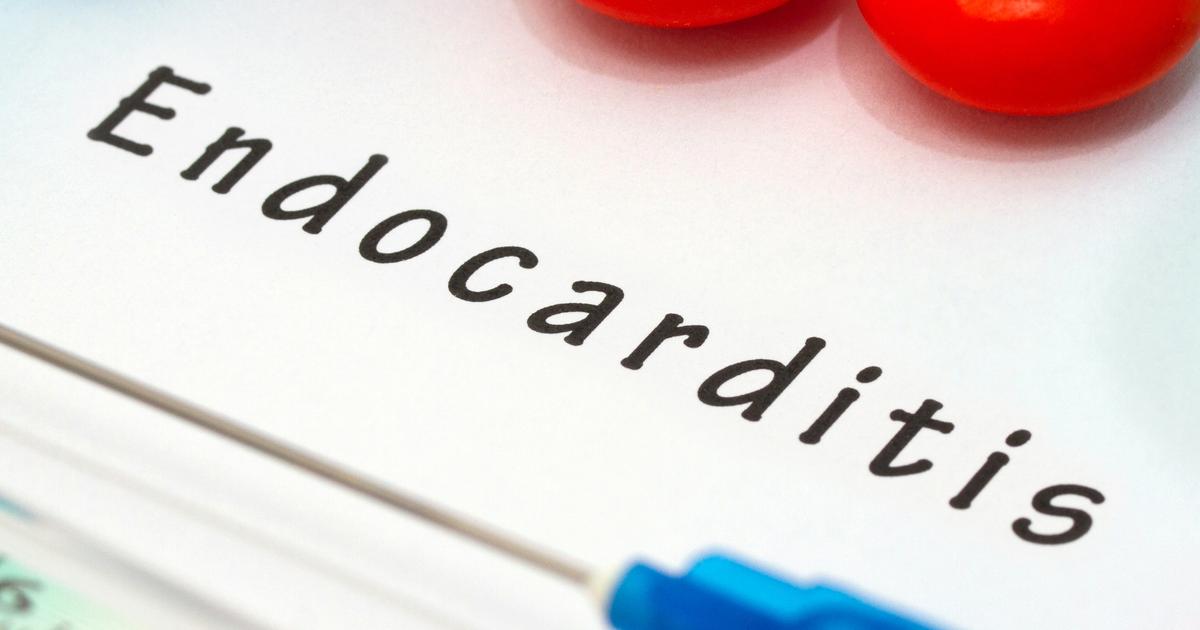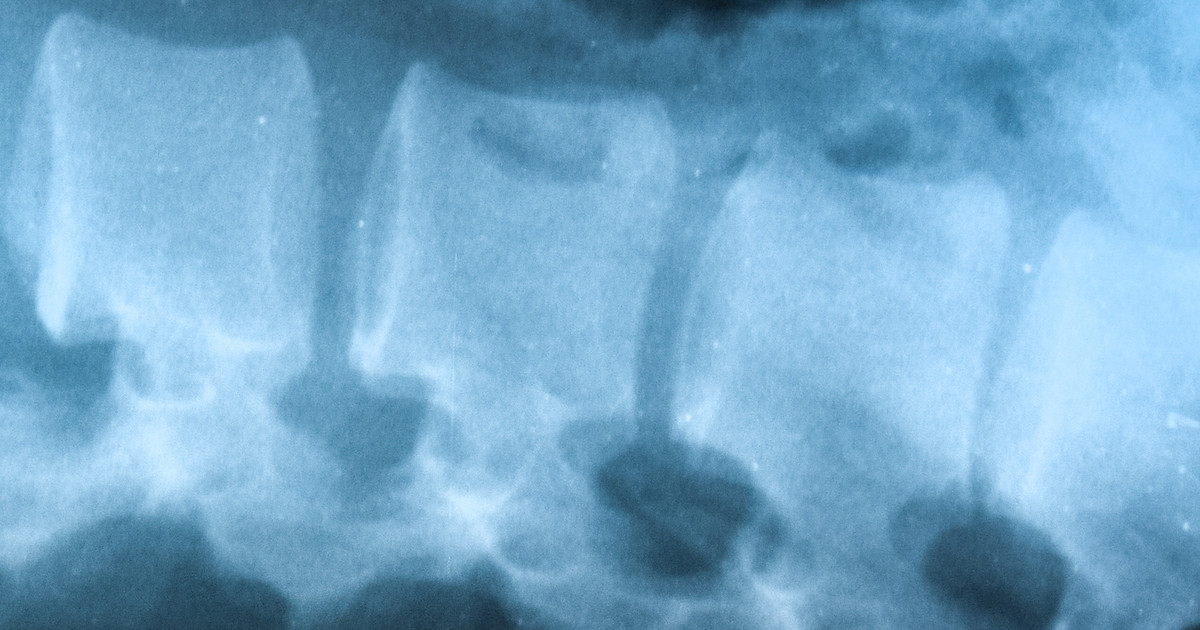How To Spot Brucellosis
Brucellosis is an infectious disease that results from bacteria. It can be contracted by consuming contaminated products, inhaling the bacteria, or contact with infected animals. The animals most frequently associated with it include sheep, goats, dogs, cattle, and pigs. In the United States, this infection is relatively uncommon, though it is possible, so taking the right precautions when working with animals and not consuming unpasteurized dairy products is essential. Once the infection is present, it may take months to resolve, and relapses are not uncommon. It is important to know what the symptoms are, so should they occur, patients know to quickly see their doctor for diagnosis and treatment.
Body Aches And Pains

The onset of brucellosis can be insidious or sudden, with body aches and pains being among the initial symptoms. The pain may include muscle pain, neck and back pain, joint pain, and headaches. Following the initial febrile phase, brucellosis patients might experience joint and abdominal pain, back pain, and headaches. The frequency and intensity of this symptom can vary greatly. Some patients experience minor discomfort, but it is constant, where others have waves of intense discomfort that come and go. As the infection starts to clear, these discomforts dissipate. However, in the meantime, doctors may recommend certain treatments to make patients more comfortable.
Get to know the next symptom that helps individuals identify brucellosis now.
Weight Loss

Weight loss can occur as one of the initial symptoms of brucellosis. Since this infection can affect the digestive tract, it might be difficult for patients to eat sufficient calories to maintain weight. The other symptoms and their associated discomfort may negatively impact an individual’s appetite, further causing weight loss. It is also possible to experience non-specific anorexia, causing a loss of appetite. It is possible to become dehydrated with this infection, and this might increase the lack of appetite that can contribute to weight loss. Treatments to calm symptoms, such as nausea, vomiting, and constipation, might help brucellosis patients improve their appetite. Doctors might also put a focus on foods that offer diverse nutrients and higher calories, such as nuts, meats, and legumes.
Continue reading to reveal yet another symptom of brucellosis.
Fever

Fever is commonly one of the initial symptoms of brucellosis that patients experience. It can cause profuse sweating for some individuals. It is possible for the patient’s temperature to reach 105.8 degrees Fahrenheit, which can be life-threatening. For up to five weeks, this symptom might persist and then go away for up to two weeks before returning. The febrile phase may be undulated, meaning it comes in waves over the course of several months, or in some cases, several years. Doctors will treat fever since if the patient’s temperature gets too high, it can be dangerous. In general, any temperature exceeding 102 degrees Fahrenheit requires attention.
Keep going to learn about the next sign of brucellosis.
Night Sweats

When a brucellosis patient is experiencing temperature elevations and fevers, night sweats can occur at the same time. This sweating can come in waves and may include an increase in the patient’s body temperature. The sweating can become so severe the sheets and pajamas a patient is wearing can become drenched, which can make it difficult to sleep and rest. The sweating may start to decrease as the patient’s temperature does. Unfortunately, there aren't any specific treatments that can alleviate sweating. Since this sweating is due to the infection and not the sleeping environment, many common remedies, such as light blankets and pajamas, are not effective.
Reveal the next indicator of brucellosis now.
Weakness

Weakness is not uncommon when an individual is experiencing this condition. It can occur with the initial symptoms, so weakness is often one of the first signs brucellosis patients experience. This infection can be harsh on the body and can increase how weak a patient might become. It might also be worsened with the difficulty sleeping due to sweating at night, or the temperature fluctuations and lack of appetite patients might experience. There are no specific treatments that can be used to help patients to feel stronger. In most cases, as the infection starts to resolve, patients find they start to feel stronger. However, it is possible for the weakness to persist even when brucellosis is completely gone.
Uncover more symptoms of brucellosis now.
Appetite Loss

An individual who has a marked loss of appetite that may cause a net loss of body mass may be affected by brucellosis. The bacteria that cause brucellosis tend to enter the body through the ingestion of contaminated and raw meat, milk, bone marrow, and other unpasteurized dairy products. The infection can cause damage to the patient's stomach lining and intestinal tissues that produce swelling and discomfort in these regions. The bacteria that cause brucellosis can make their way to the spleen or liver and cause the swelling of these structures. When these tissues become swollen, the affected individual can experience discomfort when consuming more than a couple of bites of food or sips of fluid. This discomfort occurs because the stomach cannot expand properly to accommodate a normal amount of food due to excess space being taken up by swollen tissues. The pain and discomfort associated with the consumption of food are what causes an affected individual to lose their appetite.
Learn more about the symptoms of brucellosis now.
Endocarditis

Endocarditis is when the interior lining of an individual's heart muscle experiences inflammation due to some mechanism. Endocarditis caused by brucellosis is a life-threatening and rare complication of the infection. The most common part of an individual's heart to be affected by endocarditis is the aortic valve, which is the valve between the left ventricle and aorta. This type of endocarditis can occur in both mechanical and native cardiac valves. The most prevalent group of individuals who develop this manifestation of brucellosis are those affected by structural heart disease. The microbial infection can occur in surgical intracardiac shunts, septal defects, intracardiac surgical patches, surgical cardiovascular interventions, intracardiac prosthetic devices, nonsurgical cardiovascular interventions, prolonged insertion of a central venous catheter, and nonsurgical intracardiac shunts. The prevalence of endocarditis in this group of individuals is due to the tendency of the brucellosis bacteria to stick to damaged heart tissue.
Get more information on the warning signs of brucellosis now.
Abdominal Pain

Most cases of brucellosis that present with abdominal pain are due to infection of the gastrointestinal tract or a hepatic abscess. The most prevalent route Brucella bacteria take into the body is via an individual's digestive system through the consumption of unpasteurized dairy products, raw meat, bone marrow, or raw liver. The bacteria can move into the stomach and intestines, where it can cause tissue damage that produces inflammation. Swelling from inflammation in the intestinal tract can cause abdominal pain. The bacteria can also make its way into an individual's lymphatic system and hepatic structures, causing damage and inflammation in the spleen and or liver. The bacteria can cause one or both organs to become abnormally enlarged and tender. The enlarged abdominal organs from the brucellosis infection can press on neighboring nerves and produce pain sensations in the patient's abdomen.
Discover additional warning signs of brucellosis now.
Coughing

Coughing can be a symptom of brucellosis caused by respiratory involvement or due to inflammation of tissues close to the patient's lungs or diaphragm. Although brucellosis can be spread through inhalation, the involvement of an individual's respiratory system is rare. The most common manifestations that occur in the respiratory tract of a brucellosis patient known to produce coughing include lung abscess, pleural effusion, solitary nodules, paratracheal lymphadenopathy, bronchopneumonia, empyema, granulomas, and hilar lymphadenopathy. Other mechanisms that can cause a cough to develop due to brucellosis are usually associated with the pressure swollen and inflamed upper abdominal organs place on the diaphragm and lungs. A cough also has the potential to develop in an individual who has brucellosis-precipitated endocarditis that has resulted in reduced heart function.
Continue for more information on the symptoms associated with brucellosis now.
Spondylitis

Spondylitis is a group of conditions characterized by inflammatory arthritis that primarily affects the spine and large joints. When spondylitis is associated with brucellosis, it may be the presenting symptom even though it generally manifests several weeks after the original infection. The most common part of the spine to be affected by brucellosis-precipitated spondylitis is the lumbar region, but any part of the spine can be affected. Symptoms indicative of spondylitis in an individual infected by brucellosis include severe pain in the lower back, headaches, joint pain, recurrent fever, and muscle pain. This type of arthritis that develops due to brucellosis causes the destruction of a patient's vertebrae and the adjacent intervertebral disks. This manifestation of brucellosis can be treated with the use of joint immobilization and antibiotics.
